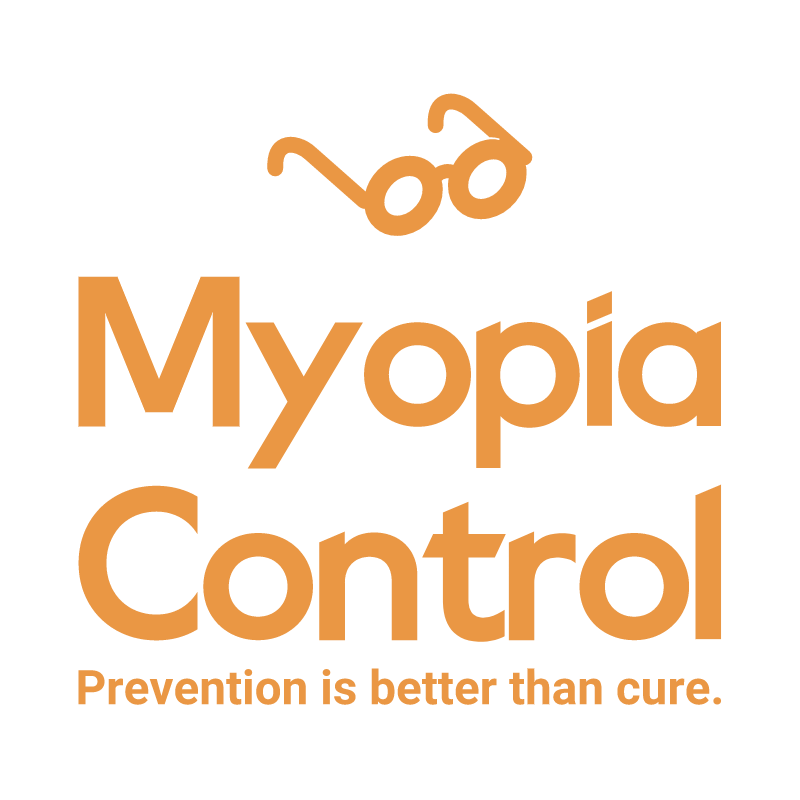Common childhood myopia control myths
Perhaps you’ve heard of alternative methods related to the control of childhood myopia, such as: Orthokeratology Lens (Ortho-K Lens) Eye exercise machines Myopia control spectacles lenses Orthokeratology Lens – The overnight contact lens Orthokeratology Lenses are hard contact lenses which are specifically worn overnight during sleep. This method was first developed in the 1960s to…











